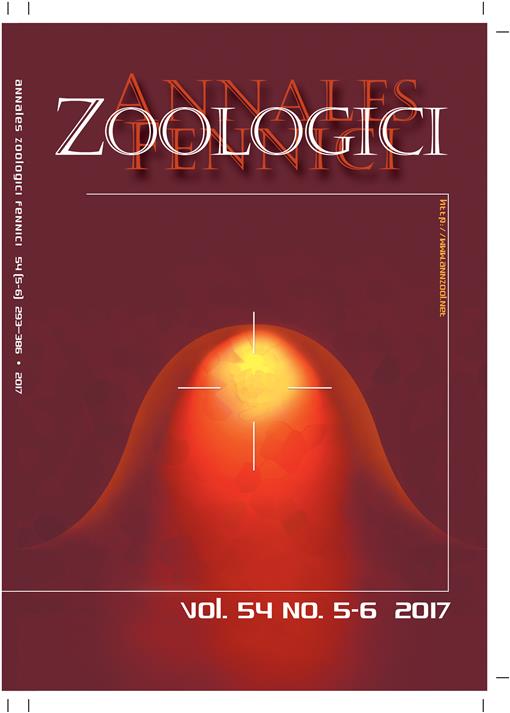Łódź, one of the largest cities in Poland, is characterized by the presence of a large number of artificial and natural waterbodies. It, therefore, offers a great opportunity to study ways in which urbanisation affects cladoceran fauna associated with urban areas. We hypothesize that size of the waterbody is more important for the diversity and composition of cladocerans in urban ponds than direct effects of urbanisation. To test this assumption we analysed 21 ponds of different size and location along the urbanisation gradient. Redundancy analysis (RDA) based on 17 environmental factors and urbanisation parameters showed that distance from the city centre, number of plant species and pH were the most important factors shaping cladoceran fauna in urban ponds of Łódź. Non-metric multidimensional scaling (NMDS) based on the Bray-Curtis formula demonstrated that pond size (depth and surface area) was reversely related to the level of urbanisation, i.e., larger and deeper waterbodies were generally found in the outer city zone. The effect of urbanisation, resulting in a lower number of species and lower abundance in ponds located in the central part of the city, was indirect and resulted from the lower number of large ponds in this zone.
How to translate text using browser tools
1 November 2017
Ecological Drivers of Cladoceran Diversity in the Central European City (Łódź, Poland): Effects of Urbanisation and Size of the Waterbody
Piotr Pawlikiewicz,
Wojciech Jurasz
ACCESS THE FULL ARTICLE

Annales Zoologici Fennici
Vol. 54 • No. 5–6
November 2017
Vol. 54 • No. 5–6
November 2017




